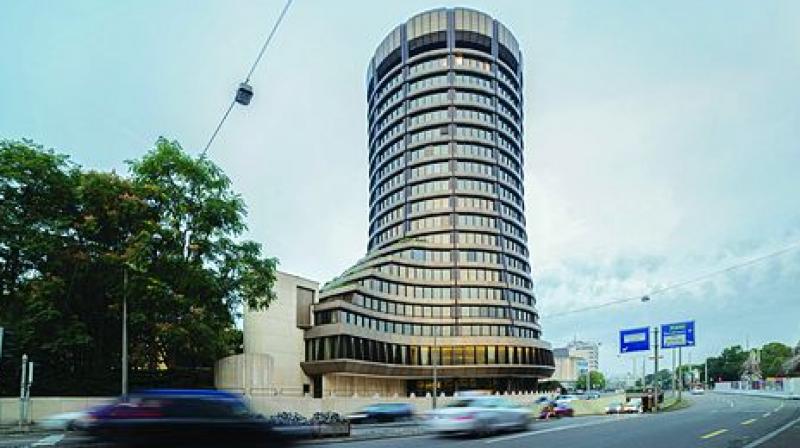Large exposure norms receive top Basel score
The committee is the primary global standard setter for the prudential regulation of banks.

Mumbai: The large exposure regulations in India have been assessed as "Compliant" with the Basel large exposures framework, according to the findings of the Regulatory Consistency Assessment Programme (RCAP) of the Basel Committee on Banking Supervision (BCBS). The committee assessed this compliance as the highest possible grade.
"Overall, as of June 7, 2019, the large exposures regulations in India are assessed as Compliant with the Basel large exposures framework... The components were all assessed as Compliant: scope and definition of the framework, minimum requirements and value of exposures," the Basel Committee report said.
The committee is the primary global standard setter for the prudential regulation of banks. Its 45 members comprise central banks and bank supervisors from 28 jurisdictions.
"This is highest possible grade. In some other respects, the Indian regulations are stricter than the Basel large exposures framework. For example, banks’ exposures to global systemically important banks are subject to stricter limits, in line with the letter and spirit of the Basel guidelines, and the scope of application of the Indian standards is wider than just the internationally active banks covered by the Basel framework," the committee said.
The RCAP assessment team was led by Vasily Pozdyshev, Deputy Governor of the Central Bank of the Russian Federation. It comprised four technical experts, from Belgium, Brazil, Denmark and the Basel Committee Secretariat.
The Basel large exposures framework requires banks to identify third parties that may constitute an additional risk factor inherent in the structure itself rather than in underlying assets. The RBI’s implementation of the large exposures framework requires banks to identify such third parties (like originator, fund manager, liquidity provider and credit protection provider).
"In addition, in cases where there are multiple third parties considered to be potential drivers of additional risk, the bank must assign the exposures resulting from the investment in the structures to each of the third parties. However, the RBI’s large exposures framework does not specify the identification of additional risks, nor provide instructions for banks to group these exposures," the report said.
The report of the committee also found that while Basel large exposures framework limits the sum of all exposures of a bank to a single counterparty to 25 per cent of Tier 1 capital, Indian regulations establish the large exposure limit at 20 per cent, adding that, in exceptional cases, banks’ boards may allow an additional 5 per cent exposure of the bank’s available eligible capital base.
The RBI implemented the large exposures framework in December 2016 through a circular modified in June 2019. Most of the requirements came into effect on April 1, 2019. The requirements apply to all scheduled commercial banks, with the exception of regional rural banks.

